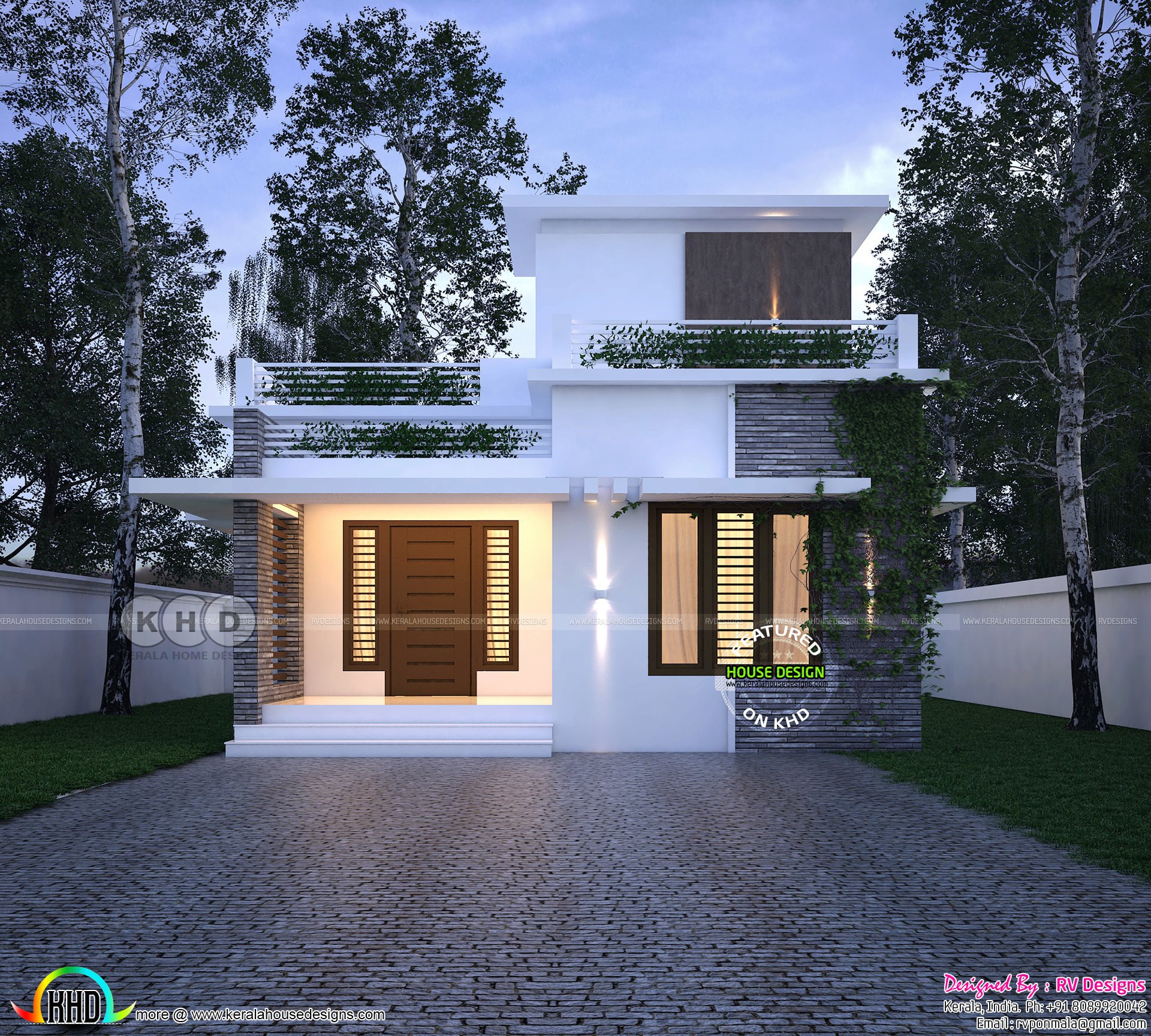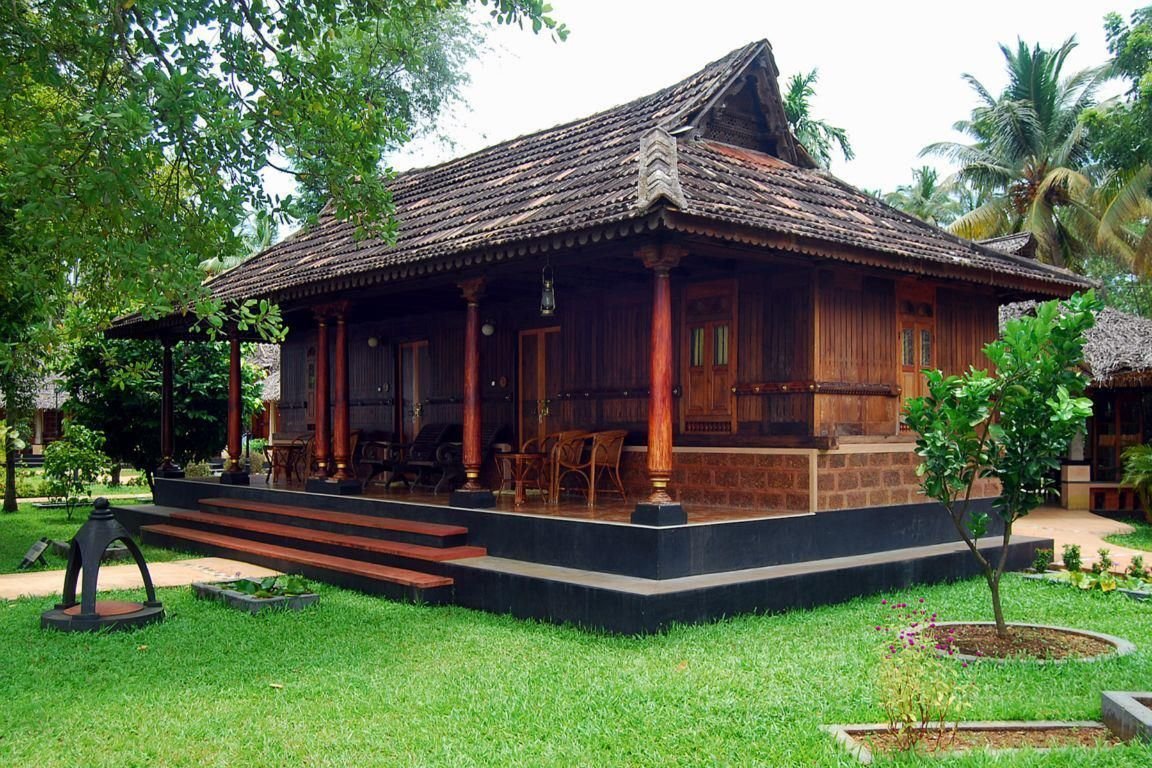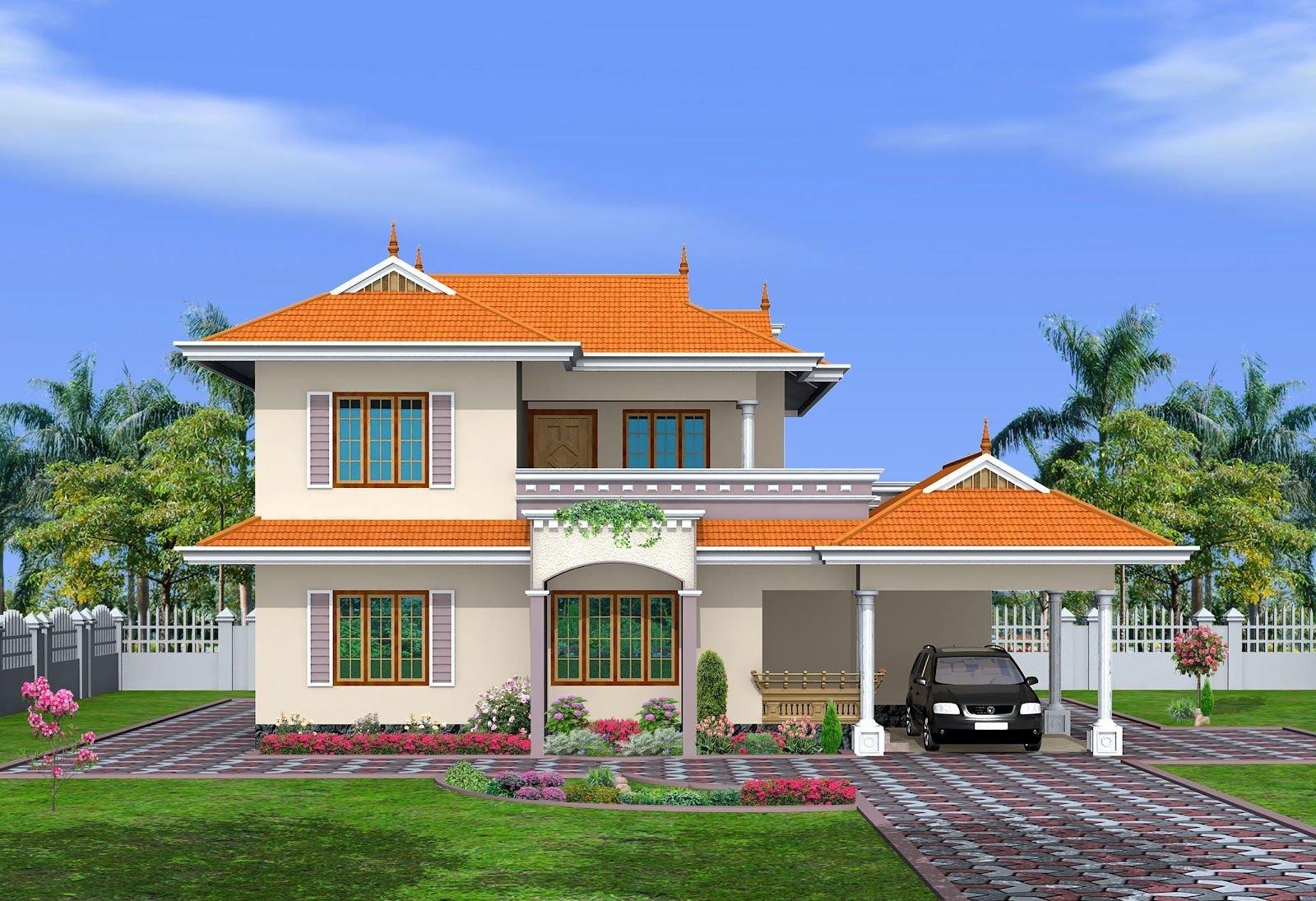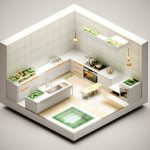Small Home Design in India: Optimizing Space for Urban Living
Key Takeaways:
- Increase ceiling height to create a sense of spaciousness.
- Remove non-load bearing walls to create an open floor plan.
- Strategically position large windows for natural ventilation and light.
- Use larger tiles on the floor and walls to make the space appear more expansive.
- Opt for light-colored paint shades to reflect light and enhance the feeling of space.
- Include void spaces with double-height ceilings to create a sense of grandeur.
- Incorporate foldable furniture to maximize space utilization when not in use.
- Install ample storage solutions to maintain a clutter-free environment.
- Use natural materials like wood and stone to create a warm and inviting atmosphere.
- Consider traditional Indian design elements to reflect cultural heritage.
- Embrace sustainable practices by using energy-efficient appliances and materials.
Small Home Design in India: Mastering Space for Urban Living

Crafting Efficient and Elegant Homes for Urban Environments
Living in the vibrant cities of India often means embracing the challenge of small home design. Yet, with careful planning and creative solutions, these compact spaces can transform into functional and stylish havens. Here are 10 essentials to guide your small home design journey in India:
- Maximize Vertical Space: Elevate the ceilings to at least 3 meters to enhance the sense of spaciousness.
- Create an Open Layout: Remove non-load bearing walls to let natural light flow freely and visually expand the space.
- Light it Up: Strategically position windows to allow ample natural ventilation and illumination.
- Optical Illusions with Tiles: Use large ceramic tiles on floors and walls to create the illusion of a more expansive area.
- Lighten Up the Walls: Opt for light and reflective paint colors to brighten the space.
- Think Big with Voids: Incorporate double-height void spaces to introduce a touch of grandeur and openness.
- Smart Furniture Choices: Utilize foldable and convertible furniture to maximize space when not in use.
- Declutter with Storage: Install ample storage solutions to keep your home clutter-free and organized.
Additional Design Tips:
- Embrace Indian Heritage: Infuse traditional design elements to reflect your cultural identity.
- Sustainable Approach: Opt for energy-efficient appliances and sustainable materials to create an eco-conscious home.
- Natural Warmth: Use natural materials like wood and stone to bring a warm and inviting atmosphere to your small space.
If you’re in search of the ideal layout for your upcoming home project, be sure to explore our small 1-bedroom single-wide mobile home floor plans. These plans are perfect for those looking for an affordable and efficient living space.
For those who are interested in building a unique and customizable home, we highly recommend checking out our small pole building homes. These versatile structures offer endless possibilities for designing your dream home.
Sustainable Design Principles for Small Homes

Hey there! Welcome to our sustainability corner. Are you looking to make your small home greener? Kickstart your eco-friendly journey with these simple yet effective sustainable design principles:
-
Materials Matter: Opt for eco-friendly materials like bamboo, cork, sustainable wood, and recycled glass. They not only reduce environmental impact but also add a touch of natural charm to your space. Remember, every sustainable choice brings us closer to a greener future!
-
Embrace Natural Light: Let the sunshine in! Maximize natural lighting by designing large windows. Not only will it brighten up your home, but it’ll also reduce energy consumption for artificial lights during the day.
-
Conserve Water: Every drop counts! Install energy-efficient appliances and low-flow fixtures to conserve water. Consider incorporating a rainwater harvesting system to collect rainwater for non-potable uses.
-
Go Solar: Harness the sun’s energy! Install solar panels to generate clean, renewable electricity, reducing your carbon footprint and energy bills. Embrace the power of the sun for a brighter, greener tomorrow.
-
Smart Spaces: Design multifunctional rooms that serve multiple purposes. Think convertible furniture, vertical gardens, or hidden storage. By maximizing space, you not only save energy but also create a clutter-free, organized home.
Key Takeaways:
- Choose eco-friendly materials for a greener home.
- Maximize natural light to brighten up your space and save energy.
- Conserve water with energy-efficient appliances and rainwater harvesting.
- Embrace solar energy to reduce your carbon footprint.
- Create smart, multifunctional spaces to optimize space and energy efficiency.
Source:
Small House Design In India: Making the Most Out of Limited Space
Smart Decor Choices for Small Spaces
When living in a small space, every inch counts. Here are some savvy decor tips to make your modest abode feel larger and more impressive.
Key Takeaways:
- Maximize vertical space: Use shelves, bookcases, and hanging organizers to store items off the floor.
- Lighten up: Sheer curtains, light paint colors, and reflective surfaces enhance natural light and create an illusion of space.
- Declutter and organize: Remove excess items and find storage solutions for everything.
- Multi-functional furniture: Choose pieces that serve multiple purposes, such as an ottoman with built-in storage or a sofa bed.
- Neutral colors: Light shades like white or beige reflect light and make rooms appear larger.
Bring on the illusion of spaciousness with these clever decor choices!
Creating a Sense of Spaciousness in Limited Square Footage
Making the most of your limited space doesn’t have to feel restrictive. By implementing clever design strategies, you can create a home that feels both cozy and expansive. Here’s a guide to help you achieve that:
Maximize Vertical Space
Utilize high ceilings by installing tall bookshelves, pendant lights, or artwork to draw the eye upwards. This creates an illusion of height and spaciousness.
Declutter and Organize
Free up visual space by getting rid of clutter and implementing smart storage solutions. Use under-bed drawers, hang shelves on walls, and organize cabinets with pull-out drawers.
Use Mirrors and Light
Mirrors reflect light, making rooms appear larger. Place mirrors opposite windows or in dark corners to bounce light around. Choose light, reflective colors for walls and furniture to enhance the illusion of space.
Multi-Purpose Furniture and Built-Ins
Incorporate furniture that serves multiple functions, such as a sofa with built-in storage or a coffee table that doubles as a dining table. Custom built-ins, like window seats with storage, can also maximize space and create a cohesive look.
Create Designated Zones
Define different areas in your home, such as a work zone, a relaxation zone, and a sleeping zone. By assigning specific functions to each zone, you can avoid clutter and create a sense of order.
Key Takeaways:
- Utilize vertical space with tall elements and artwork.
- Declutter and organize for visual spaciousness.
- Use mirrors and light colors to reflect and enhance light.
- Opt for multi-purpose furniture and built-ins for space optimization.
- Create designated zones to avoid clutter and maintain order.
Citation:
FAQ
Q1: What measures can I take to optimize space in my small home?
A1: Implement efficient space planning by incorporating multi-purpose furniture, implementing smart storage solutions, and creating designated activity zones.
Q2: How can I enhance light and create an illusion of space?
A2: Opt for light and bright color palettes, strategically position large windows for natural light, and incorporate mirrors to reflect light and create depth.
Q3: What storage strategies can I employ to maximize space utilization?
A3: Install pull-out drawers and shelves in cabinets, utilize hanging shelves and organizers to maximize vertical space, and consider using the back of doors for additional storage.
Q4: How can I make my small home feel more spacious?
A4: Incorporate vertical design elements such as tall bookcases and pendant lights to draw the eye upwards, choose multi-functional furniture that serves multiple purposes, and opt for foldable furniture to maximize space utilization.
Q5: What are some sustainable design principles I can consider for my small home?
A5: Focus on energy efficiency by using appliances and materials with high energy efficiency ratings, incorporate rainwater harvesting systems, and install solar panels to reduce environmental impact.
- Backsplash Ideas for White Cabinets: Find Your Perfect Style - November 18, 2025
- White Tile Backsplash Kitchen: A Classic and Clean Design - November 17, 2025
- Backsplash For White Cabinets: Choosing The Right Kitchen Style - November 16, 2025










